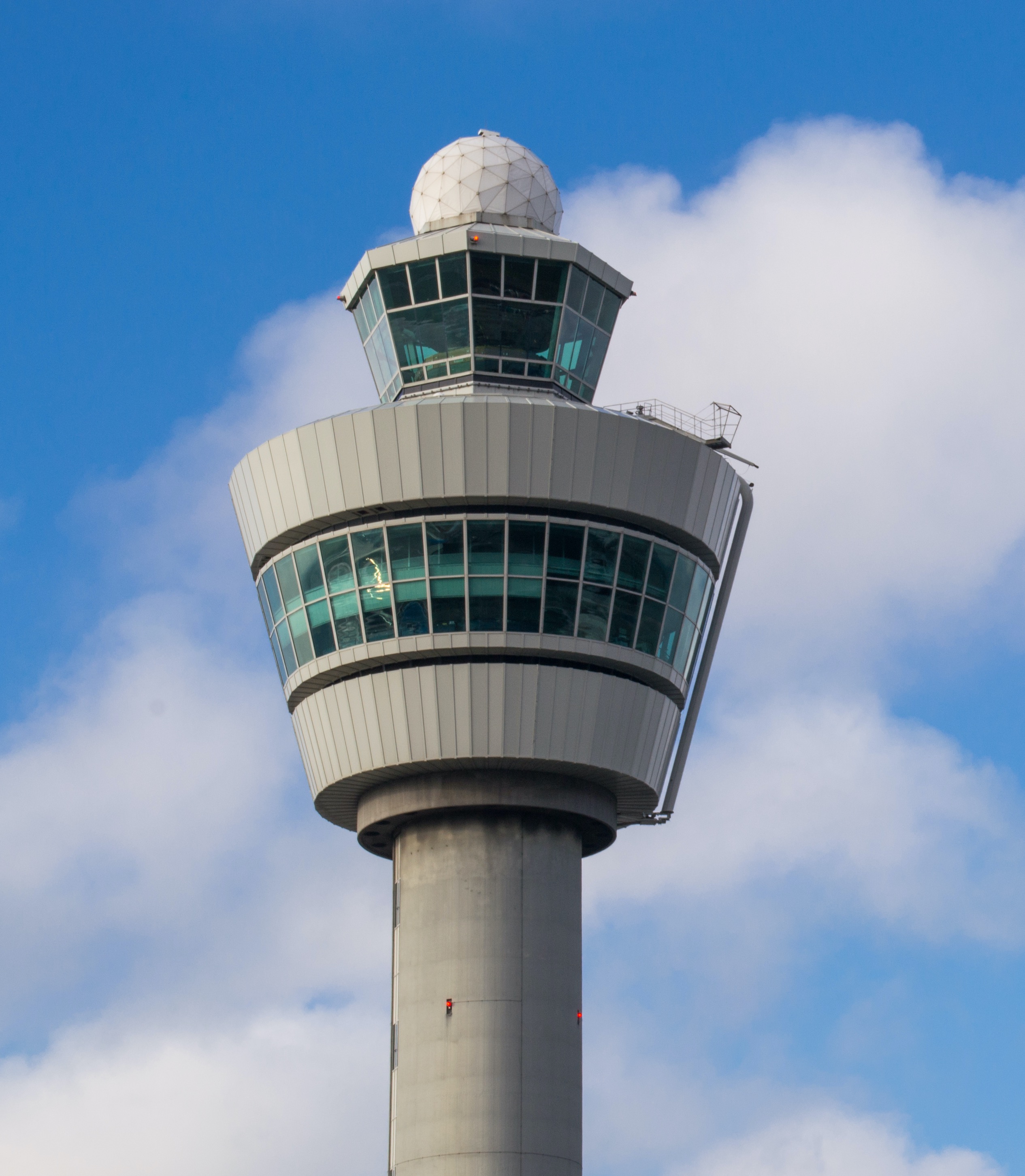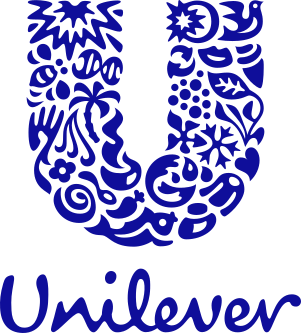
Digital Transformation & Business Agility / Customer Story
Turbulent Transformation at Transavia
Transavia, like most lowcost airlines, operates under turbulent dynamics: fierce competition, tiny margins, extremely volatile market conditions, and considerable regulatory pressures. Under these conditions, competing on price alone is not enough. Instead, it’s imperative that carriers differentiate themselves through the customer experience they offer. To this end, Transavia has begun a company-wide transformation and strategy alignment under the expert guidance of Xebia’s consultants.
Why
Use customer experience as a differentiator
What
A company-wide Agile initiative
How
Remove bottlenecks and empower employees to bring innovation to the customer
Xebia Provides Strategic Direction for Agile Trajectory
Fifty years ago, Transavia opened up flight travel to the masses by operating with more speed, agility, and at a lower cost than competing airlines. However, according to the CIO of the airline, Rik Farenhorst, price no longer sets the company apart. He explained, “ We’ve claimed our current market position by operating efficiently and offering great destinations. But we’re facing heavy competition and need to do things better and smarter wherever possible. We have to differentiate ourselves in new ways, which will require optimal internal collaboration and digitalization that supports that differentiation.”
Innovative Agility
Transavia’s digital ambitions date back twenty years to when it first launched its online booking site. But building a good booking site isn’t the same as digitalizing the entire operation. “We’ve embarked on a turbulent transformative journey that will eventually take us where we want to be,” said Tijmen de Groen, the base lead core responsible for Transavia’s internal collaborations. He explained, “A digitalization that supports differentiation doesn’t only involve customer interactions, technological solutions, or coordination. It strengthens a company’s ability to act and react to external conditions. It increases the speed with which new products can be brought to market and improves service. It’s about total operational and innovative agility, where everyone and everything within the organization is involved integrally and coherently.”
Continuous Adjustments
Transavia has continuously adjusted over the years, implementing the Scaled Agile Framework (SAFe) for its IT functions and adopting a variant of the Spotify model for its commercial operations. However, both of these initiatives were localized in either business or IT and so, were sub-optimal. The performance and operation-driven culture had to be changed. The perceived comfort of silos and work-routines were a dead-end for the organization, its customers, and employees. “The scope and the playing field have expanded. We now face the challenge of adjusting together,” said Farenhorst. “Rather than only choosing a framework, this adjustment involves a complete organizational transformation.” Anja Bimmel, the organizational development lead at Transavia, elaborated, “In the future, customer experience will make all the difference. To provide an experience that meets or exceeds expectations, we need the capacity to continuously adapt, which requires an Agile culture and network model. We’ve been implementing both for three years now, beginning with IT and now also within business. In a complex organization like Transavia, this integration isn’t easy, but it’s a step we have to take. Everyone has their own motivation, but in the end, we all have the same goals.”
Growing Gap
To initiate the integration between business and IT, Xebia began by investigating the state of the airline’s Agile transformation. They conducted interviews at all levels of the organization to identify how to improve the collaboration. They examined the company’s capacity for change, the urgency for change, and its willingness to adapt. In parallel, they determined the current and desired Agile maturity level. Xebia then processed everything from their analysis into causal relationship patterns. “The investigation results showed that IT and business had already made considerable strides, while the operation was still looking for the cadence of an Agile culture,” explained de Groen. “These different speeds had caused the gap to widen, so continuing to optimize and innovate within the silos was not an option.” Farenhorst elaborated, “Transavia’s dynamic operational culture made it difficult for the company to pause and reflect on things, but Xebia’s investigation helped them gain a more holistic vision.” “We were challenged in a particular way, and a mirror was held up to us,” said Bimmel. “Suddenly, we could see, crystal-clearly, that our structure and culture were the bottlenecks. We realized our complete transformation could remove these bottlenecks and empower our employees to ‘take-off’ in new ways that would ultimately benefit our customers.”
"Everyone has their own motivation, but in the end, we all have the same goals"
Rik Farenhorst, CIO Transavia
Strategic Business Agility
Setting a Course
“A performance-driven culture is critical, but it’s also important to take a moment to reflect; to step out of your silo and see things from a larger, shared perspective,” explained Xebia consultant Daniel Burm. “For instance, in the event of a slowdown or system outage, taking the time to stop, analyze and solve issues can provide valuable insight. Formerly, identifying and reflecting on weaknesses had been seen as a taboo in the company, but now, getting or giving criticism became seen as extremely valuable for resolving issues. Bimmel explained, “People throughout the entire organization were given a voice. We introduced maturity models and worked on the design of teams, architecture, and product management. We worked on the company’s direction together, which increased enthusiasm.”
Internal Take-Off
Transavia does everything differently now. “Instead of starting individual initiatives all over the place, there’s a coordinated effort to collaborate and bring innovations to the customer,” said Xebia consultant Ellen Barree. “The result is better collaboration and concrete improvements. Everyone has a larger perspective; he or she can see the common thread that pulls the whole story together.” “We implemented a complete change with our own people, without a major reorganization,” said Forenhorst. “All efforts are aimed at bringing the customer to the destination at the lowest possible cost and in the most pleasant way possible. By constantly measuring the customer experience, things are continuously improved.” “Less goes wrong, such as breakdowns or products and services that don’t work,” explained Tijmen de Groen. “Moreover, we continue to grow quickly, on little investment. And we’re still competing with larger parties on price too.” “Bottom line, Transavia can now work more efficiently and effectively,” said Xebia consultant Daniel Burm.
No Way Back
The change has created more room for innovative experiments because these can be quickly launched, tested, validated, and improved within the Agile process. One example is Appie Fly, the breakfast package customers can order in advance for nightly return flights. In theory, anything is possible, as Transavia considers incorporating the core qualities of other industries into its own. “This new mindset will lead to more innovation, and more impact in the near and distant future,” Ellen Barree said. “All human potential is used optimally.” For CIO Rik Farenhorst, the integral Agile approach is the gateway to a successful future for Transavia. “There is no way back. Nobody can imagine each of us individually, with our own budget, working sub-optimally anymore.”
Results
Optimal use of human potential enables continuous improvement
Strategic Direction and Implementation
Business and IT alignment
Overview of Changes
1. To survive in the market of discount-carriers, Transavia wants to distinguish itself on customer experience. An organizational change was necessary to develop the capacity to react more adequately to external circumstances. New products can be brought to market more quickly, and services are improved.
2. Existing initiatives with methods such as Agile and a variation on the Spotify model were sub-optimal; the transformation needed a comprehensive approach. This created a total operational and innovative agility, in which everything and everyone within the organization is involved integrally and coherently.
3. Xebia played a crucial role in connecting business and IT initiatives and in writing up an organization-wide plan of change. Business and IT are now tackling matters together in a focused way instead of starting separate initiatives. Transavia can thus work more efficiently and effectively.
4. Currently, walls between silos are being demolished, and there’s a much broader collaboration within Transavia to serve its customers better. This makes better use of the human potential, laying the foundation for even more impact in the near and distant future.
Digital transformation at Transavia goes beyond a fancy app or a well functioning website. To cope with the fierce competition among the discount-carriers, all focus is on unparalleled customer experience. To this end, an organization-wide strategy alignment has been deployed, in which business and IT jointly determine the course. This results in a total operational and innovative agility, in which everything and everyone within the organization is involved integrally and coherently.
Related Content
Digital Transformation
We help you make the ultimate impact by keeping you connected to your customers’ continuously shifting needs.
Together, we ignite a strategy from the heart of your company’s purpose and accelerate your business through a digital backbone of data, technology and creative concepts that maximize customer service and experience.
Our mission is to help your organization become one of the digital winners of tomorrow.

